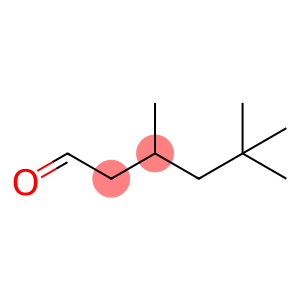Iodine CAS 7553-56-2
| Hazard Symbols | Xn – Harmful
N – Dangerous for the environment |
| Risk Codes | R20/21 – Harmful by inhalation and in contact with skin. R50 – Very Toxic to aquatic organisms |
| Safety Description | S23 – Do not breathe vapour. S25 – Avoid contact with eyes. S61 – Avoid release to the environment. Refer to special instructions / safety data sheets. |
| UN IDs | UN 1759/1760 |
Introduction
Iodine is a chemical element with the chemical symbol I and atomic number 53. Iodine is a non-metallic element commonly found in nature in the oceans and soil. The following is a description of the nature, use, formulation and safety information of Iodine:
1. Nature:
-Appearance: Iodine is a blue-black crystal, common in solid state.
-Melting point: Iodine can directly change from solid to gaseous state under air temperature, which is called sub-limation. Its melting point is about 113.7 ° C.
-Boiling point: The boiling point of Iodine at normal pressure is about 184.3 ° C.
-Density: The density of Iodine is about 4.93g/cm³.
-Solubility: Iodine is insoluble in water, but soluble in some organic solvents such as alcohol, cyclohexane, etc.
2. Use:
-Pharmaceutical field: Iodine is widely used for disinfection and sterilization, and is commonly found in wound disinfection and oral care products.
-Food industry: Iodine is added as Iodine in table salt to prevent Iodine deficiency diseases, such as goiter.
-Chemical experiments: Iodine can be used to detect the presence of starch.
3. Preparation method:
- Iodine can be extracted by burning seaweed, or by extracting ore containing Iodine through chemical reaction.
-A typical reaction for preparing Iodine is to react Iodine with an oxidizing agent (such as hydrogen peroxide, sodium peroxide, etc.) to generate Iodine.
4. Safety Information:
- Iodine may be irritating to the skin and eyes at high concentrations, so you need to pay attention to the use of personal protective equipment, such as gloves and goggles, when handling Iodine.
- Iodine has low toxicity, but should avoid excessive intake of Iodine to avoid Iodine poisoning.
- Iodine can produce toxic Iodine hydrogen gas at high temperature or open flame, so avoid contact with flammable materials or oxidants.








